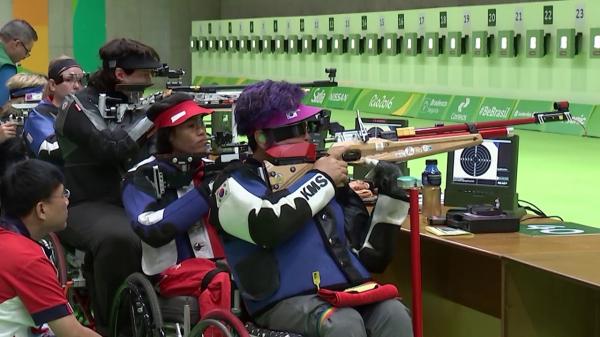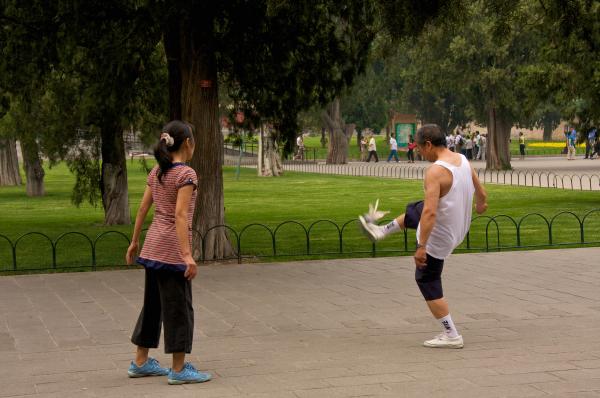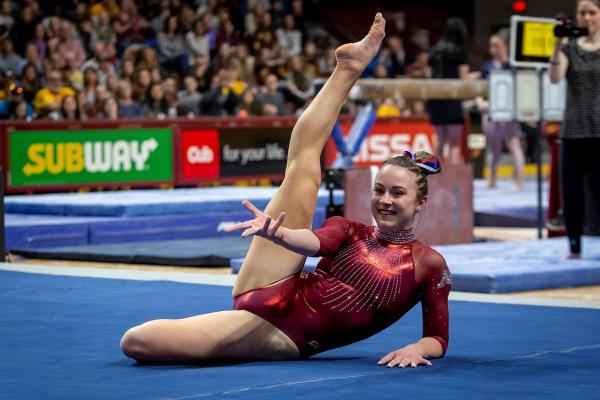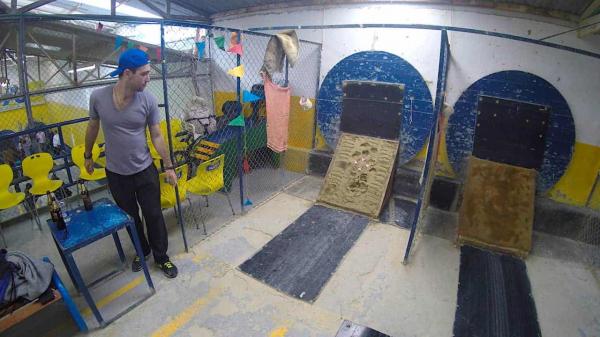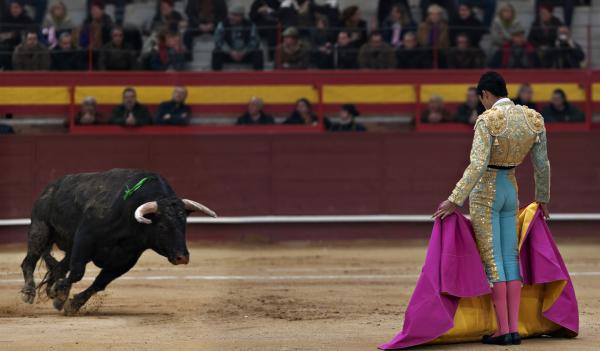Track Cycling
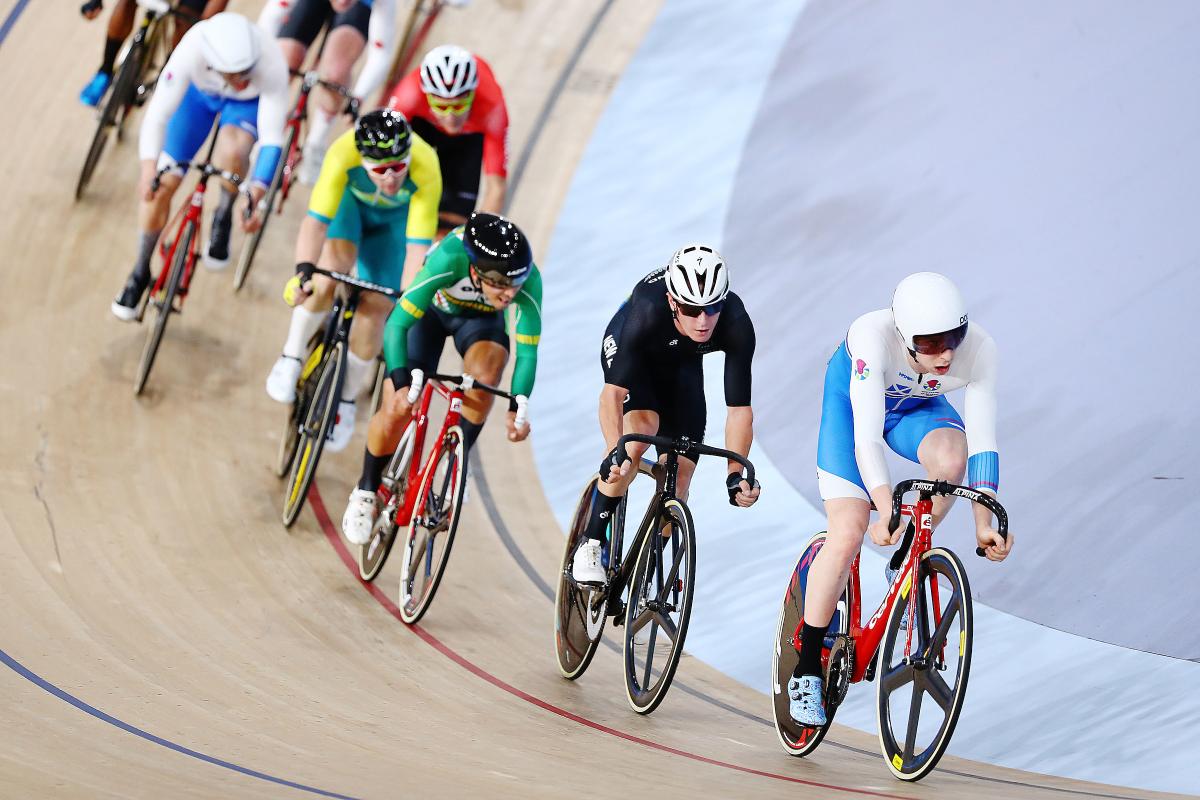
Track cycling is a bicycle racing sport usually held on specially built banked tracks or velodromes (but many events are held at older velodromes where the track banking is relatively shallow) using track bicycles. History Track cycling has been around since at least 1870. When cycling was in its infancy, wooden indoor tracks were laid which resemble those of modern velodromes. These velodromes consisted of two straights and slightly banked turns. One appeal of indoor track racing was that spectators could be easily controlled, and hence an entrance fee could be charged, making track racing a lucrative sport. Early track races attracted crowds of up to 2000 people. Indoor tracks also enabled year-round cycling for the first time. The main early centers for track racing in Britain were Birmingham, Sheffield, Liverpool, Manchester and London. The most noticeable changes in over a century of track cycling have concerned the bikes themselves, engineered to be lighter and more aerodynamic to enable ever-faster times. With the exception of the 1912 Olympics, track cycling has been featured in every modern Olympic Games. Women's track cycling was first included in the modern Olympics in 1988. The sport was moved indoors since 2000 Summer Olympics in Sydney. Along the decades, track lengths have been gradually reduced. Early velodromes varied in length between 130 and 500 metres long. By the 1960s, a standard length of 333.33 metres length was commonly used for international competitions. Since 1990, international velodromes usually have a length of 250 metres.





